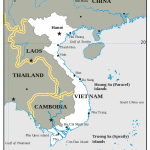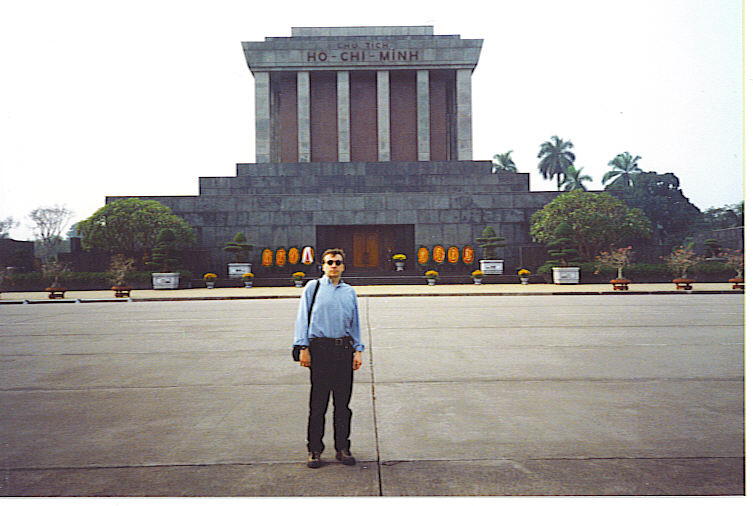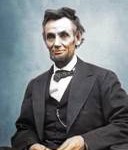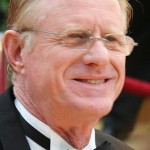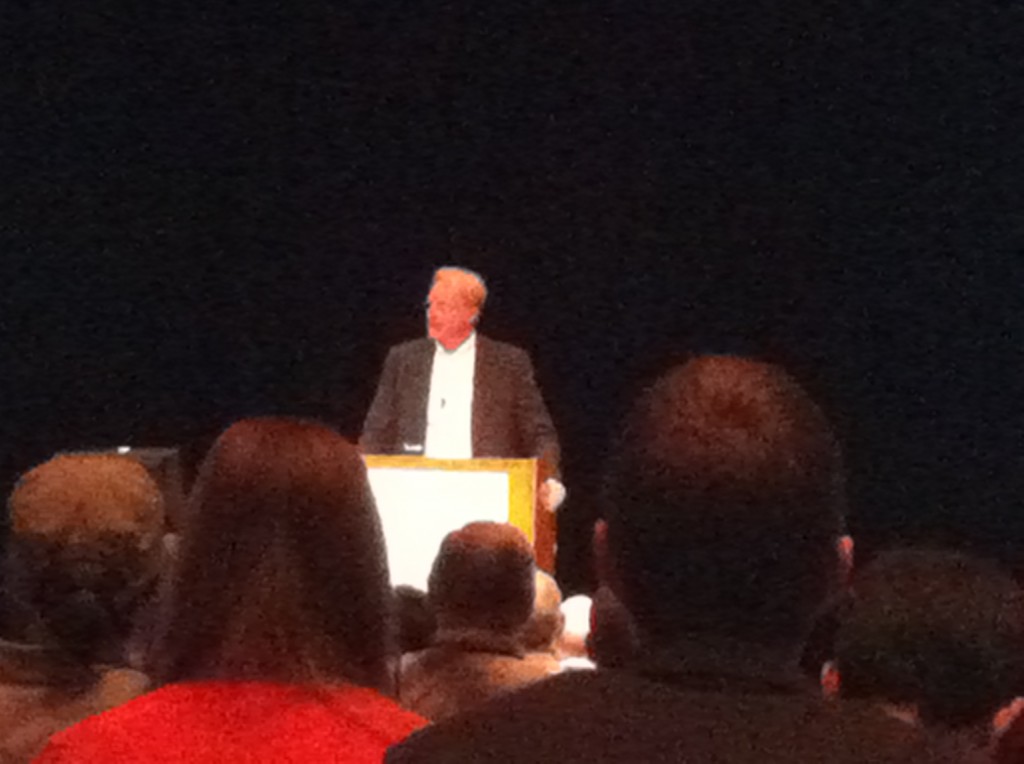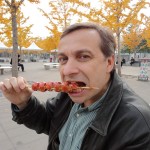Twelve-year-old Kyle Driebeek first learned about Nikola Tesla when he was only 8 years old. Four years later he is one of the star attractions at the Nikola Tesla Memorial Conference held in New York City January 5-7, 2013. [Day 1 and Day 2] The conference was held on the 70th anniversary of Tesla’s death in the very place that he lived the last 10 years of his life – the New Yorker Hotel. Many luminaries in the field were in attendance including Tesla Science Foundation President Nikola Lonchar, Tesla Science Center at Wardenclyffe President Jane Alcorn, The Oatmeal’s Matthew Inman, and William H. Terbo, the grand-nephew of Nikola Tesla. But Kyle was the real star.
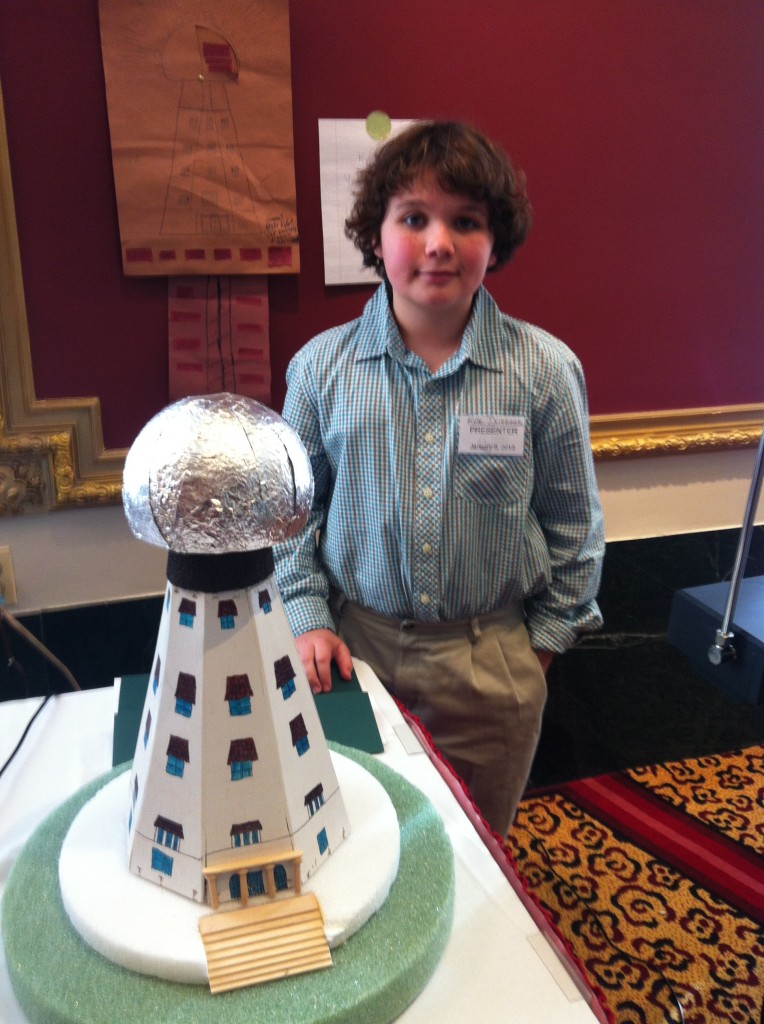
Amazingly poised and well-spoken for someone so young, Kyle walked up to the microphone and quickly awed the roomful of Nikola Tesla experts. He related how he first came to hear about Tesla on a History Channel program called Modern Marvels. That same year his 3rd Grade class gave him an assignment to study a famous person. Kyle chose Tesla. For his research Kyle and his family came to the New Yorker, stayed in the very room that was Tesla’s, and toured the property with engineer Joe Kinney. He also went out to Long Island and peered at Wardenclyffe through the fence. It would be the first of many visits to the New Yorker and to Wardenclyffe.
His research continued for a 5th Grade class project. In 2011 Kyle attended the Long Island Tesla Conference and got to stand on the octagonal base of the Wardenclyffe tower. He learned to play the Theremin, the electronic instrument played without physical contact. He smiled as the contributions rolled in during Matthew Inman’s crowd-funding efforts in 2012, an effort that raised nearly $1.4 million and has allowed Jane Alcorn’s Tesla Science Center to purchase the Wardenclyffe property to be made into a museum and educational center. And now here he was an invited speaker at the Tesla Memorial Conference. [You can watch Kyle’s presentation beginning at about minute 37:00 in this video.]
Kyle Driebeek was inspired by Nikola Tesla. The attendees at the conference were inspired by Kyle Driebeek. Like Kyle, we all feel that the world needs to know more about Nikola Tesla’s contributions to science. Kyle vows to help spread the word. And after his inspiring presentation, so will we all.
More on Nikola Tesla: The Wizard of Electricity.
Follow me by subscribing by email on the home page. And feel free to “Like” my Facebook author’s page and connect on LinkedIn. Share with your friends using the buttons below.



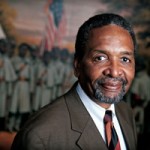 Dr. Frank Smith, Jr. will be the speaker at the
Dr. Frank Smith, Jr. will be the speaker at the 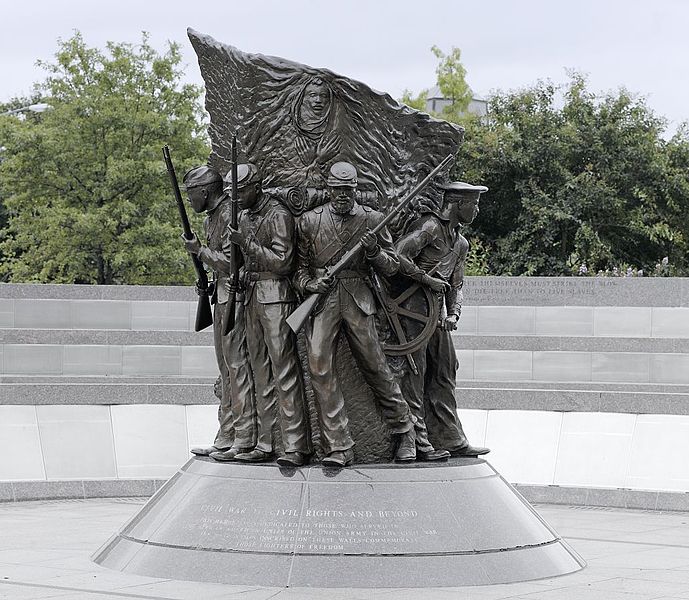
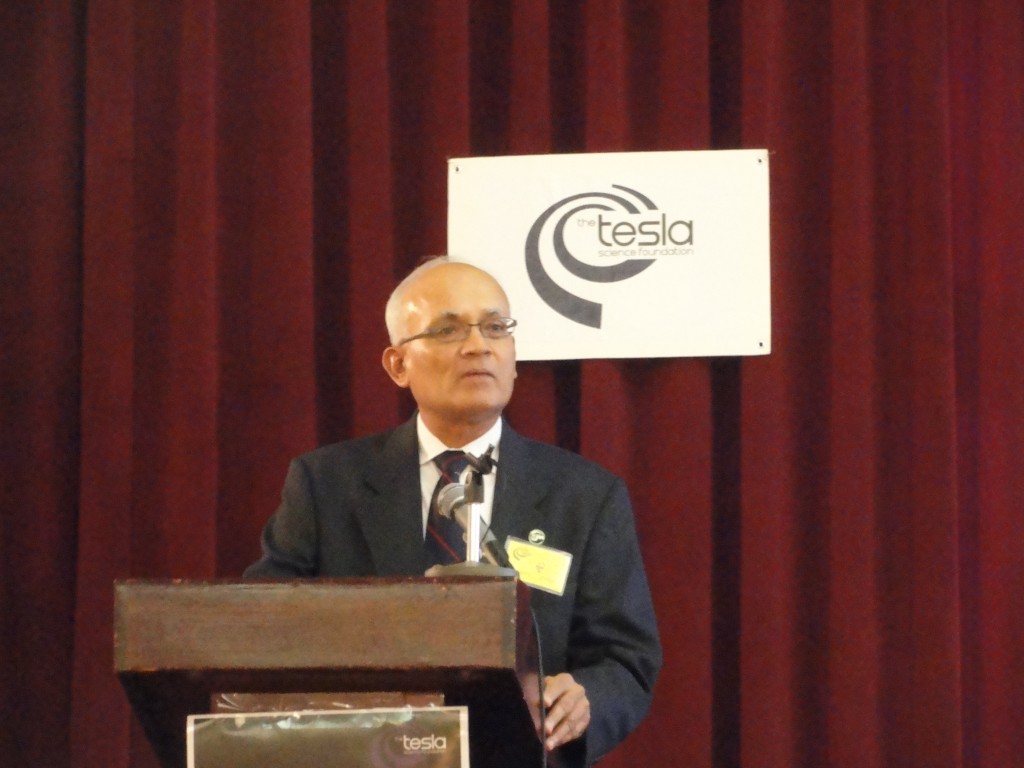
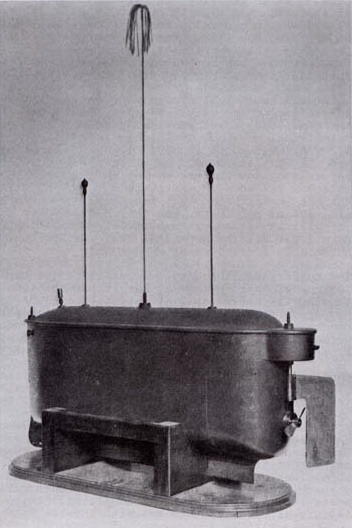
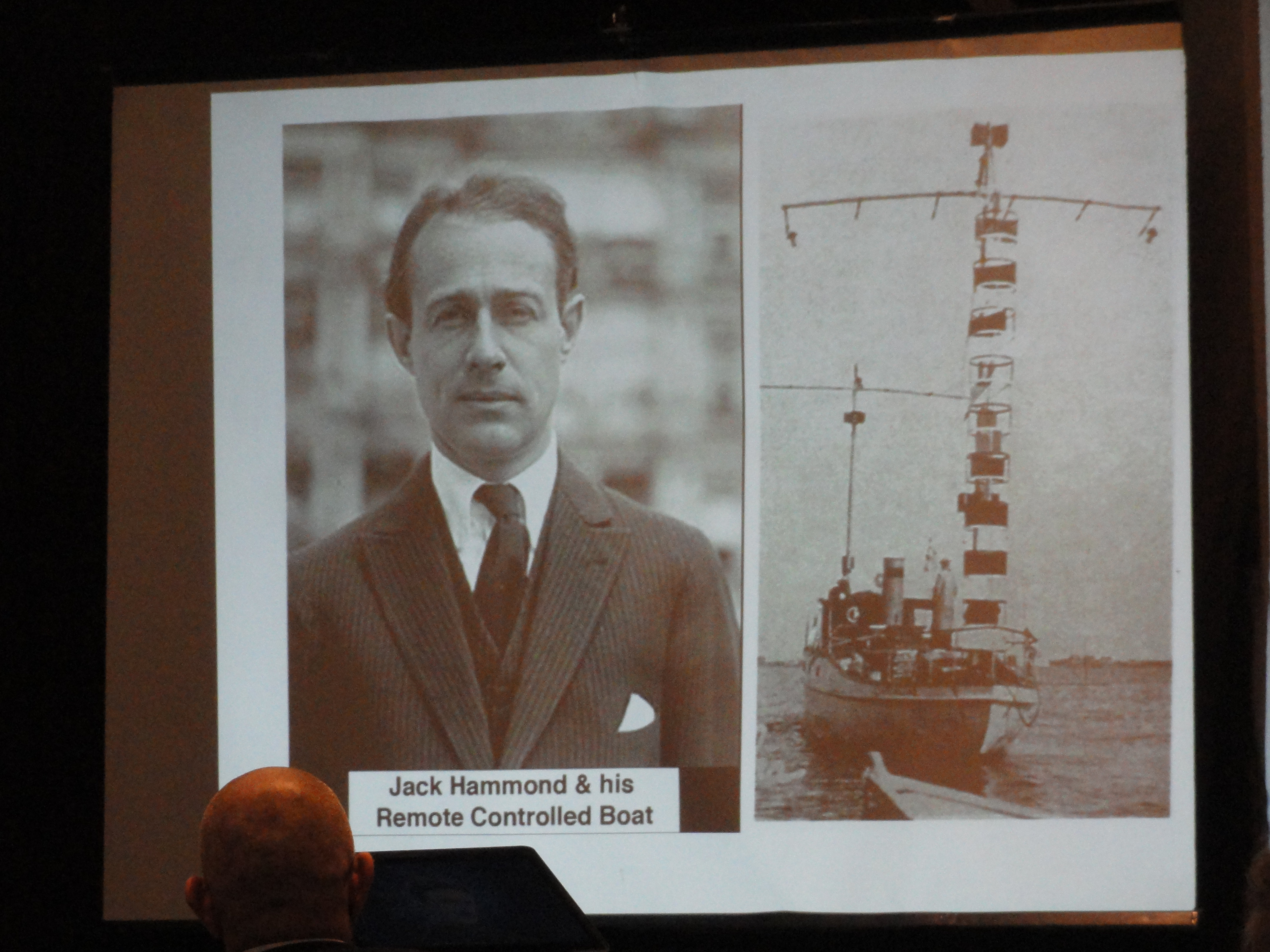
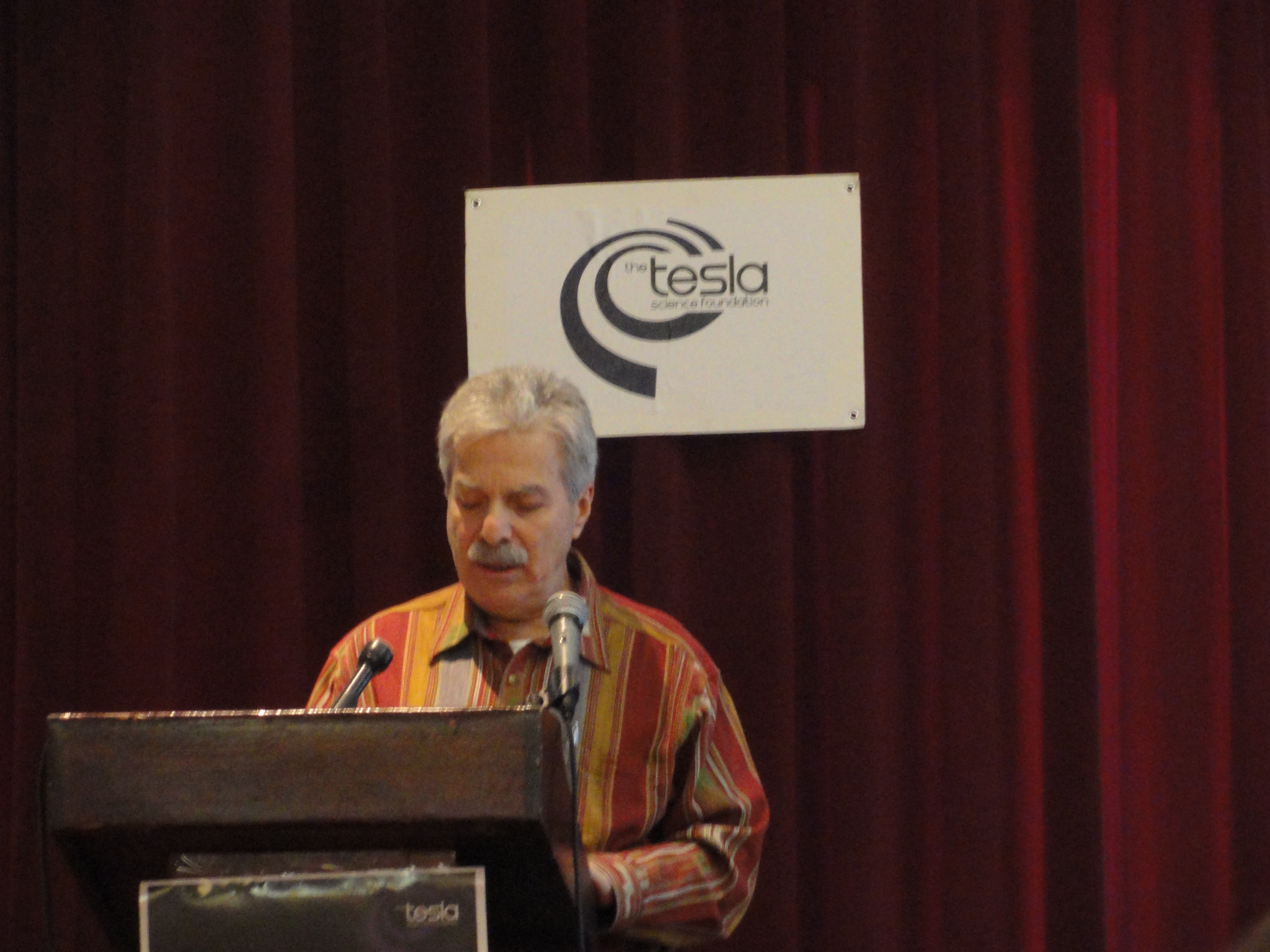
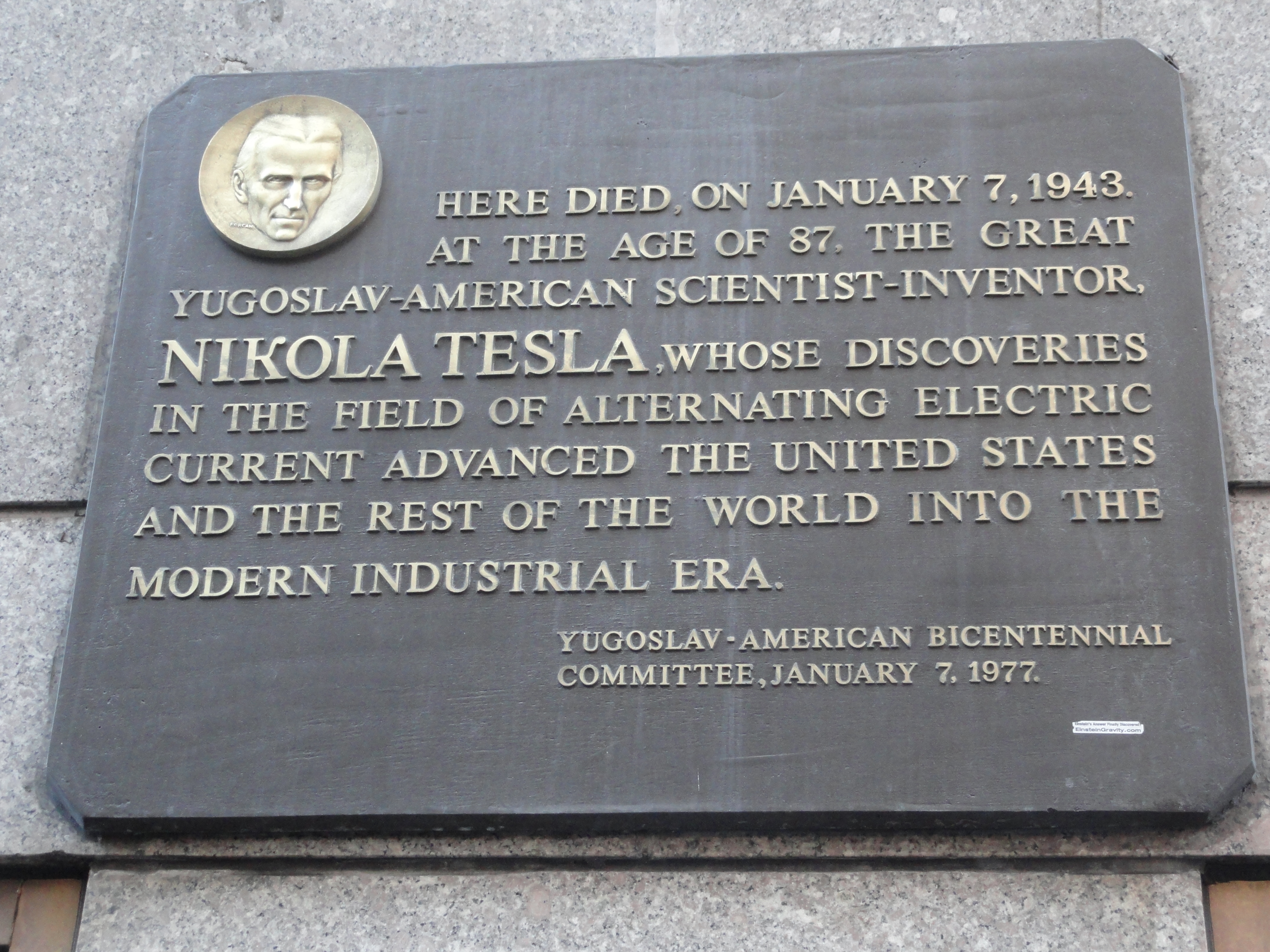
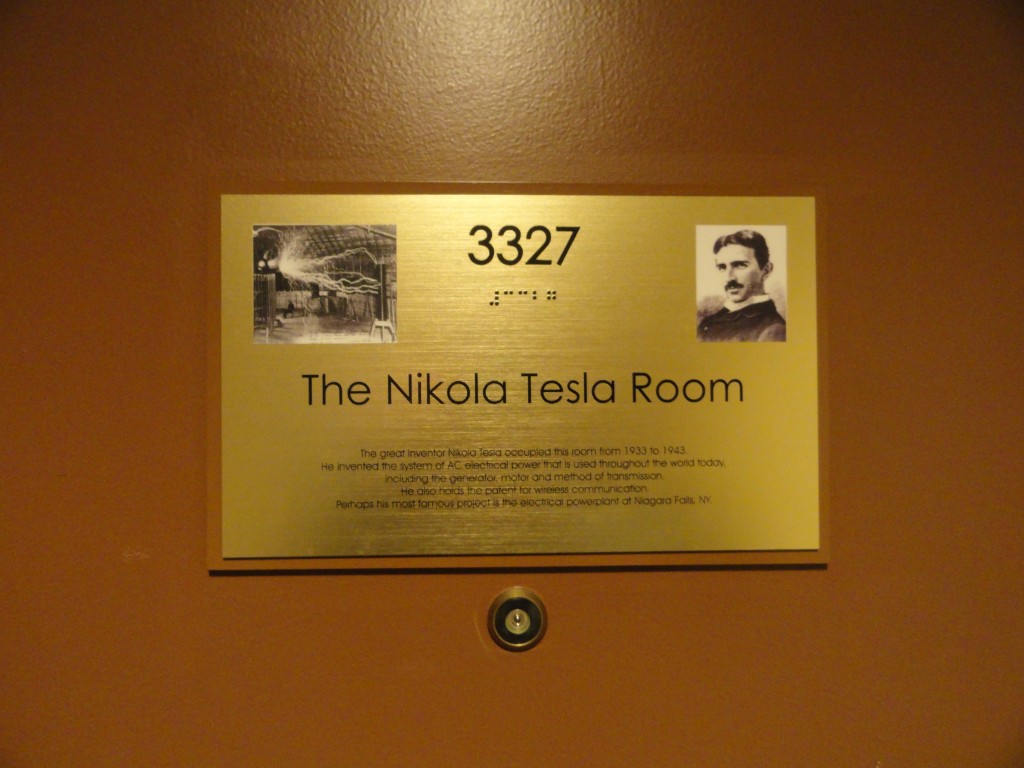
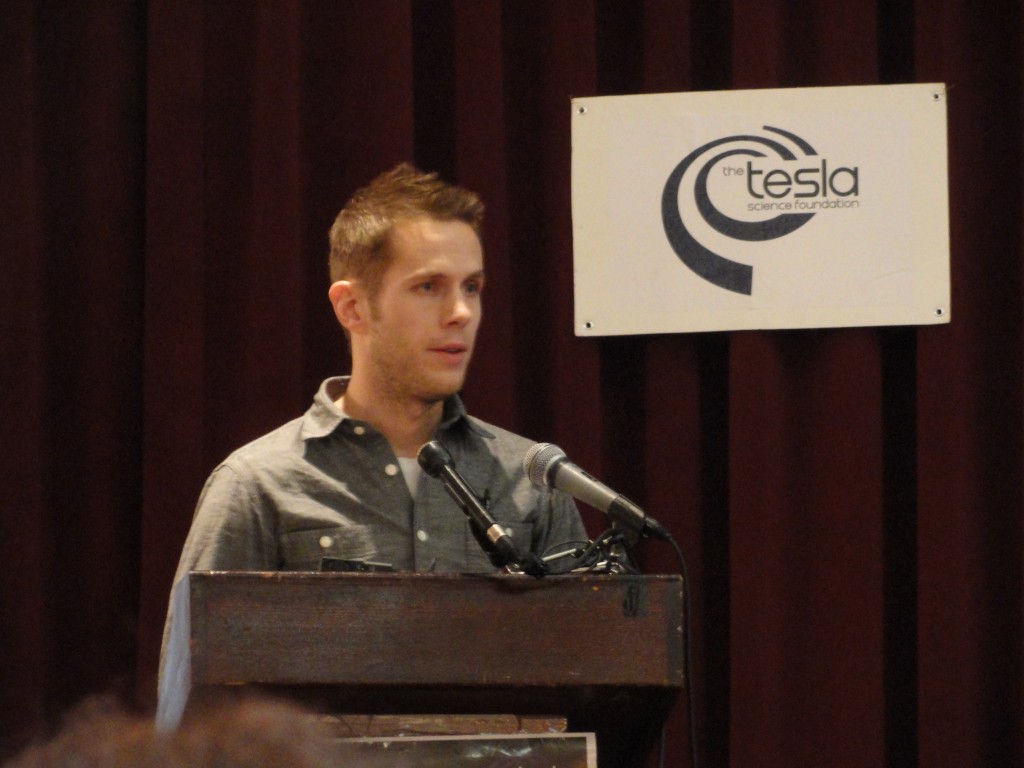

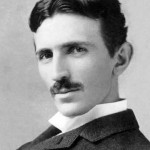 Nikola Tesla is one of the most prolific inventors of all time, and yet many have never heard of him. Born in the little village of Smiljan in what is now Croatia, Tesla’s family was actually Serbian. From a young age Tesla liked to experiment, even to the point of gluing June bugs to sticks to create a self-propelled windmill. He later went on to work for
Nikola Tesla is one of the most prolific inventors of all time, and yet many have never heard of him. Born in the little village of Smiljan in what is now Croatia, Tesla’s family was actually Serbian. From a young age Tesla liked to experiment, even to the point of gluing June bugs to sticks to create a self-propelled windmill. He later went on to work for 